Output Noise
I use a Class 1 Bruel & Kjaer 2270 G4 sound analyzer equipped with a Type 4955a microphone with a dBA-weighted dynamic range of below 6 dBA and up to 110 dBA. All tests are conducted inside a hemi-anechoic chamber with a noise floor close to 6 dBA and an ambient temperature of 25–28 °C. The test subject is placed a meter from the sound analyzer.
Full & 70% Speed
Noise output is low enough at full and 70% of its max speed.
Speed (Percentage) – Noise
I use a different setup to drive the fan for noise measurements, so there might be a difference in the readings of the Longwin machine, especially in the max fan speed reading.
Pages:
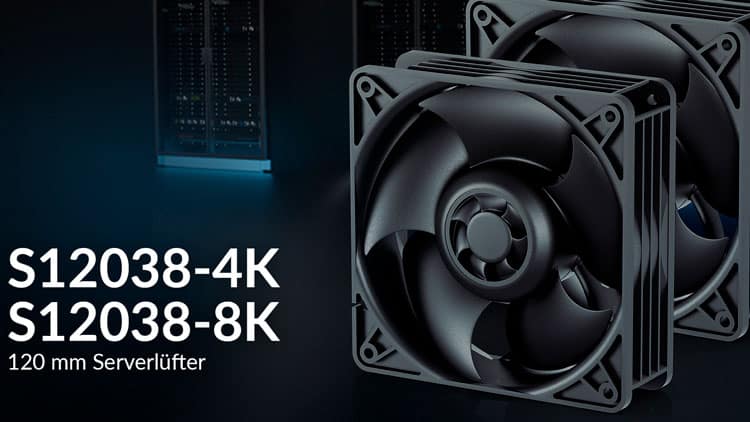
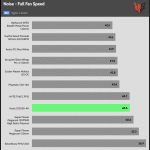
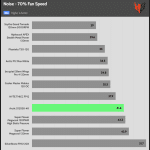
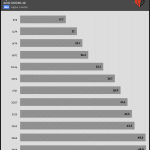
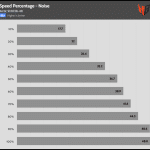
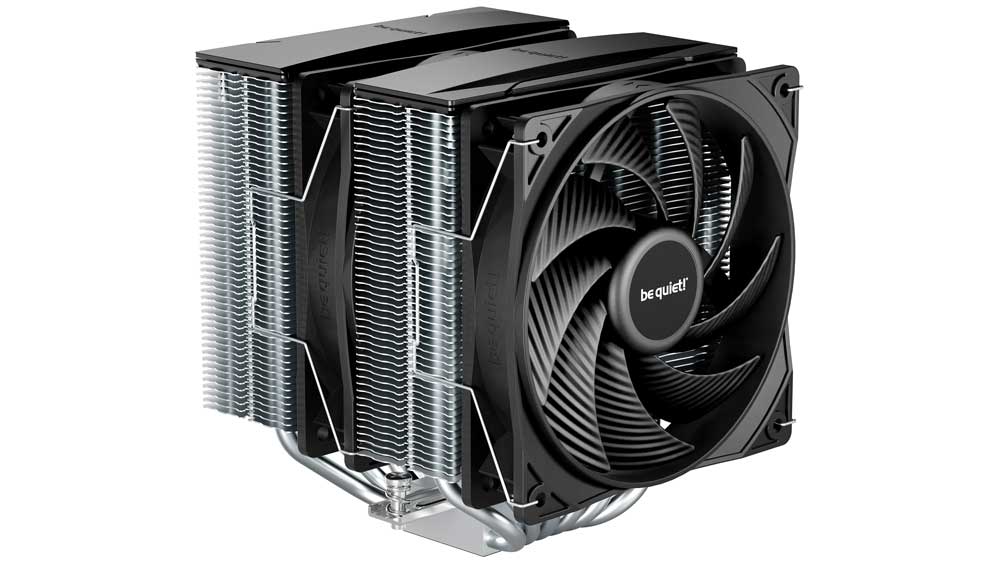
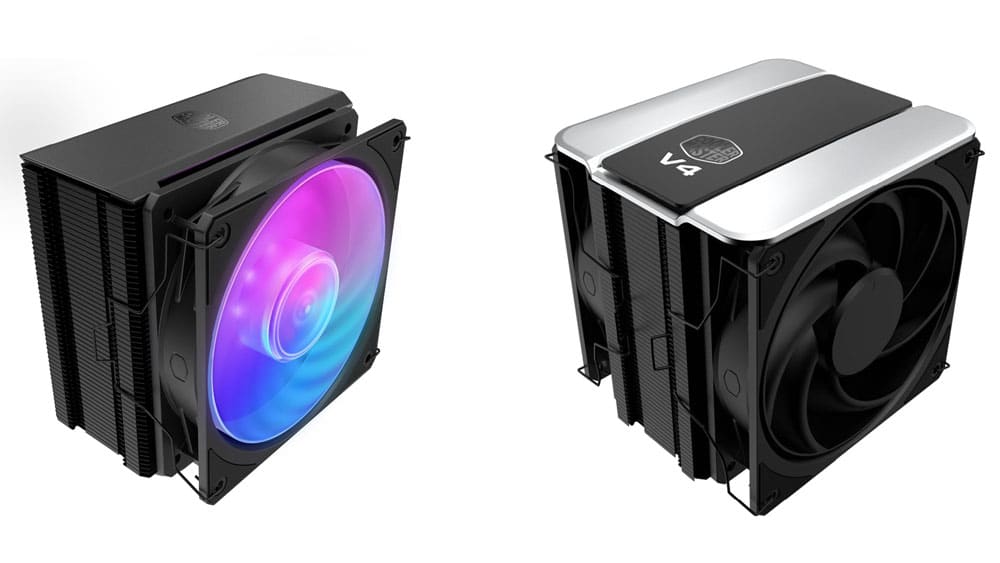
Is that secondary impeller noticeably adding harmonics, particularly that major 3rd? I’m actually curious if this thing has sound design characteristics I might want to experiment with.
please check the frequency analysis I conducted for that.
Hi @crmaris can you please tell me what size screws I would need to mount this fan on an AIO radiator?
It is 38mm thick so 45mm long I would say.
Besides the thickness, is there any reason the home enthusiast should not consider these the best watercooling radiator fans for low noise? Less optimal noise frequencies than its competitors?
The thickness is the major issue for most cases, with limited internal space.
That mechanical clicking in the low speed recording sounds like it could get *pretty* irritating.
As someone who tried using these (8K variant) fans for home PC cooling, I can confirm that clicking noise is VERY irritating already at ~1K RPM. I bought pack of 3, and each of them sounded like this – mounted, not mounted, held by hand, etc. Clicking becomes tolerable around 400-500 RPM, but listening closely they’re still pretty noisy compared to others, and at this point there’s no advantage in using these fans over anything that came pre-installed with case. Too bad, because overall they’re really cool and with such static pressure would be perfect for a crowded PC.